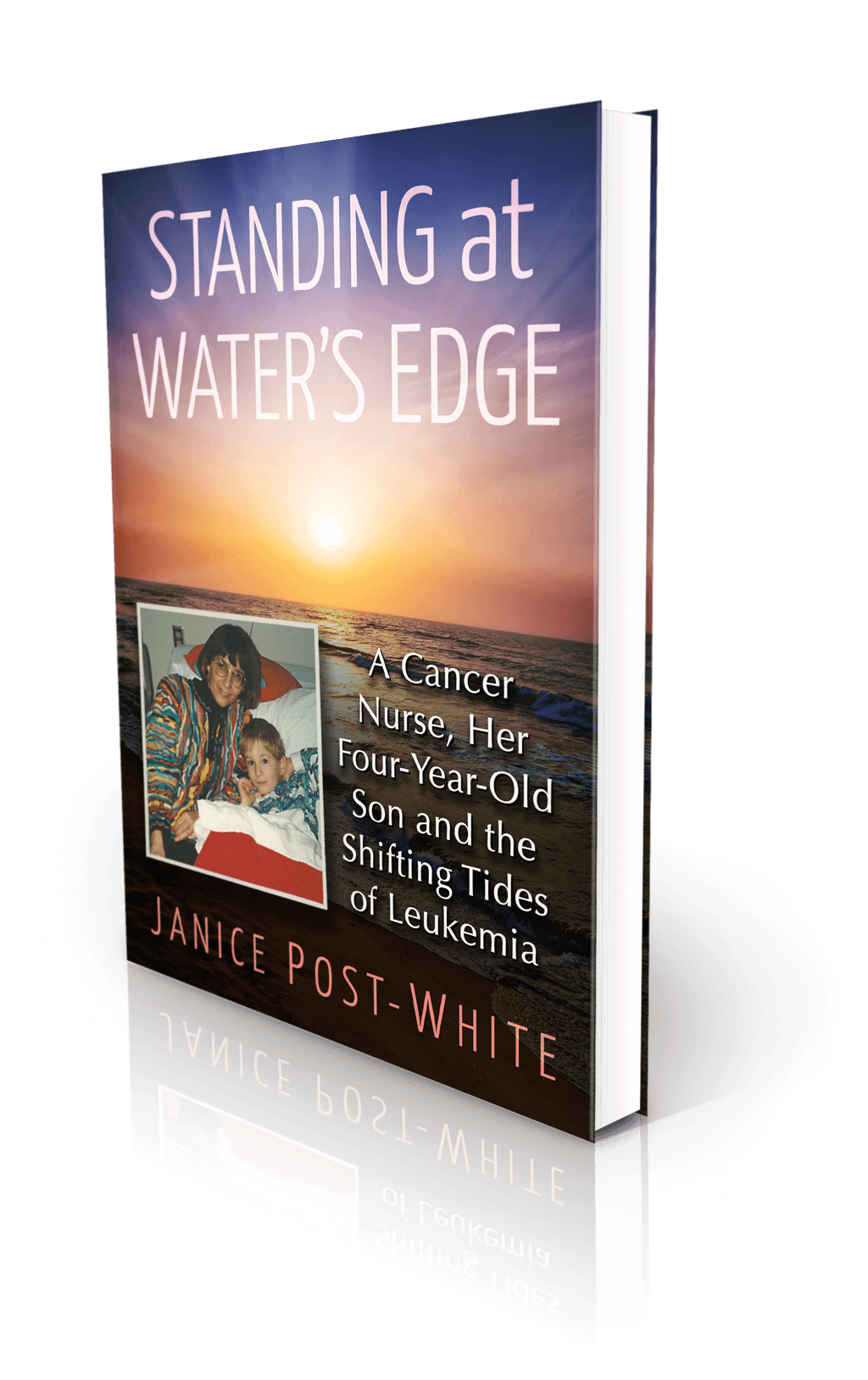
 Now that it’s summer and many states (and countries) are opening back up after months of lockdown for COVID-19, how do you feel about being out and about? Have you changed your activity since April/May? Whether it’s by choice, a back-to-work mandate, or other circumstances, are you:
Now that it’s summer and many states (and countries) are opening back up after months of lockdown for COVID-19, how do you feel about being out and about? Have you changed your activity since April/May? Whether it’s by choice, a back-to-work mandate, or other circumstances, are you:
- Happy to be set free and willing to resume somewhat normal activities
- A little nervous, but relieved to be out more
- Still cautious—wearing masks around people, indoors or out
- Quite hesitant—still only going out on necessary outings
- Restricted by rules and can’t resume activities
- All of the above, depending on the day
At the first onslaught of cases this spring, many of us were told what to do, with consequences for not adhering to guidelines/mandates. If you were caught outside without a mask in China, a drone would hover close, bark recriminations, and order you back inside. If you disobeyed the 14-day quarantine in Hawaii (still ongoing), you could be fined up to $5,000, arrested, and/or sent back home on the next flight out. Other states instituted evening curfews, varying fines, warnings, or nothing.
Despite a recent surge in cases, most of us have choices now. Like a teenager with a new driver’s license, we are excited to have more freedom to go places and see people beyond the grocery store or work. And yet, I’m hesitant. I want to meet a friend for coffee—like we used to—but I don’t want to take off my mask. And conversing from six feet away is challenging with a hearing loss.
What are you choosing to do? And how did you decide? Did Memorial Day, Father’s Day, Independence Day, or friends lure you out? Or were you so desperate that you went anywhere just to get out? Maybe you weighed the risks with the benefits and decided on a haircut, lunch with a friend, or a day at the beach. If bars, beaches, rallies, gyms, and restaurants are any indication, there is a wide range of comfort—and risk—in our choices!
A friend was surprised that her eighty-year-old neighbors were going to the gym again. To their benefit, they live in a community and state with one of the lowest rates (now) and percent of positive cases. Although I would love to know how they made their decision.
How do you decide the risk you are willing to take?
Consider:
- How many cases are in your city/county/community? Obviously, the fewer the cases, the lower the risk. But it only takes one sick person under the right conditions (no mask, less than six feet away, more than ten minutes together) to infect you.
You can find the percent of positive cases in your state here. While results can be affected by the proportion of people who are symptomatic/asymptomatic, and your specific location may not be representative of the entire state, it’s an indicator of how much the virus is spreading in your community (some state websites let you search cases by zipcode). The highest ten states today report that 12 to 27% of people tested are positive (the goal is to stay under 5%). What’s your state?
- What’s your individual risk or risk to those you live with? Comorbidities, older age, minority race, male gender, and purportedly even Type A blood increase risk. Although fewer young people die, the rates among them are rising, and they risk spreading the virus to older family members who are at higher risk of severe illness and death.
And some young and healthy people do die. A 30-year-old Texan died yesterday after getting the virus at a “COVID party.” Those who get sick but survive face debilitating—and potentially permanent—effects on their lungs, heart, brain, liver, kidneys, and spleen. Hospitals in Minnesota report “better than expected survival rates but worse than expected complications,” even after patients have technically recovered.
- How risky is the activity you want to do? Consider time, distance, and protection (masks and hand washing). Click here for a color-coded chart of the risks by activity, according to the Texas Medical Association.
Indoors is riskier; outside is safer. If indoors, or closer than six feet, will everyone have on a mask (and wear it correctly, with the nose and mouth both covered)? A team at CIDRAP at the University of Minnesota inspected news reports for a month and found that 26% of people wearing a mask wore it (incorrectly) under their nose.
- How many cumulative activities are you doing? How many new people will you be exposed to? The more people you expose yourself to, the greater the risk.
- How important is this activity to you? Is it worth the risk? Even Michael Osterholm, renowned epidemiologist at the University of Minnesota, allowed his children and grandchildren to give him a 30-second hug on Father’s Day (for the first time since lockdown), and then they moved apart and kept their distance, all the time wearing masks. “It was the most beautiful hug I’ve ever had,” he said on his July 1 podcast.
Find out what other experts are doing and how much risk they are willing to take, from getting haircuts, going to the gym, meeting friends, eating in a restaurant, to sending kids back to school.
It’s still hard for me to decide about a coffee meet-up outside. It’s ranked “4” on a scale of 1 to 9 (moderate-low), our state’s positive case rate is under 5%, but my personal risk for complications is very high. Other than a haircut, it would be my first foray into a nonessential activity. I have to decide how important it is to me, and it might depend on the day—the weather, my need for social contact and support, and my willingness to put myself and my family at risk, even if the risk relatively low. Errors in judgment can’t be retracted, as the 30-year-old in Texas realized too late.
https://covidactnow.org/?s=665110
The United States is currently seeing an increasing number of cases, a rising percent of positive cases, and just this week, more deaths. At a time when we just want COVID-19 behind us. We wanted, expected, and hoped for a break this summer. Instead, rising rates and community spread warn us not to get too optimistic too soon.
At 3.3 million documented cases (1%), we have a long way to go to reach herd immunity (50-70% or 165 to 232 million people). The CDC recently estimated that 7% of the U.S. population (23 million) has actually been infected, based on post-infection serology testing (which requires measurable antibody after COVID-19 illness).
Many uncertainties linger, including the timing and efficacy of vaccines and the probability and length of immunity after infection. Several healthcare providers report individual patients getting the virus twice, two to three months after two sequential negative tests. The only certainty is that COVID-19 will be a health risk for some time to come.
There are so many things we have no control over. We do, however, have (some) choices for our own protection. Make them consciously and considerately. Be well.
~ Janice

About the Book
Janice Post-White’s memoir is a story about a cancer nurse who thought she knew what life and death were about.
Then her 4-year-old son got leukemia.
This heart-wrenchingly real but inspiring book shines a light on the life-affirming discoveries that can be made when one is forced to face death—and bravely chooses to face fears.
ON SALE DECEMBER 3, 2021
2022 First Place Award from the American Journal of Nursing Book of the Year in the category of Consumer Health and Third Place in Creative Works
Finalist in Health/Cancer from the American Book Fest Best Book Awards, the International Book Awards, and the Eric Hoffer Book Awards



